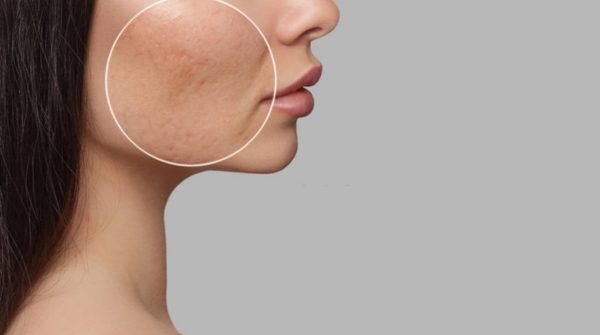

Depending on the type of scarring, it’s depth, it’s size, its location on the skin and the skin type being treated, there are a number of possible treatment combinations that can help:
How are scars formed?
When the skin is cut or broken, the body mobilises a wound repair process. The blood vessels constrict and clots form to minimise blood loss. A scab, or hardened crust, forms over the top of the wound. The scab acts like a natural covering to protect the area while the body continues the repair process. Tiny fibres of collagen fill in the hole and eventually reconnect the ends. By the time the scab naturally falls off, much of the initial repair has been finished. However, the area is far from healed. Depending upon the size, depth and location of the injury, it can take months to years for the skin to return to normal strength.
Scar formation is a natural part of the healing process. A scar forms from excess amounts of collagen in the wound as the body attempts a repair. Many scars eventually fade. But they tend not to go away completely. Generally, the larger the wound, the longer it takes to heal and the greater the chance of a visible scar.
How to treat scarring with Botulinum Toxin:
On average most scars take at least one year to fade. However, researchers have found a way to lessen their severity by injecting the drug, BOTOX® near the site of the wound. When a person experiences another kind of injury, like a broken bone, doctors place the area in a sling to immobilise the limb and allow the body to heal. BOTOX works in a similar fashion. When injected into muscles near the wound, the drug prevents the muscles from pulling on the wound site, allowing the area to heal without excessive disruption.
Studies have shown BOTOX is effective in reducing scar formation from facial wounds. Researchers still need to determine if the drug may be effective for other places on the body. The sooner after an injury the patient receives BOTOX, the better the results.
Angelique Chaplin has been my therapist on a number of occasions; she's always warm and very pleasant. She always explains the procedure to me, gives advice about my concerns; I feel safe and cared for when she's treating me, very friendly demeanor. Angelique Rademeyer is another amazing therapist! She's my regular therapist and makes me feel like family now. Always helpful, always friendly, warm and gives excellent advice about my skin. I thoroughly enjoy being treated by both these wonderful ladies.
MoreTammy is a young professional, energetic and friendly therapist. She is always willing to go the extra mile to make a client feel welcomed, pampered and appreciated. I have and will always process to recommend Tammy and Skin Renewal to all my friends and colleagues. What a glorious experience being treated at Skin Renewal. A person really feels rejuvenated. The atmosphere is pleasant & serene with soothing aroma of lemongrass. Wishing Tammy and her team all the best and success for the future.
MoreMy experience at Skin Renewal Irene has been amazing, the staff is friendly and professional. Even though the treatment was a bit discomforting, my therapist and doctor were always there to make the experience a little bearable and went out of their way to make me feel comfortable. The whole staff is truly incredible.
More